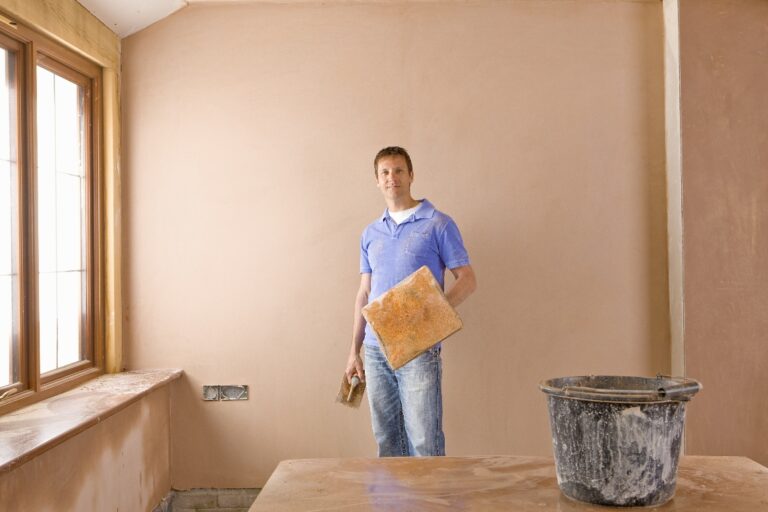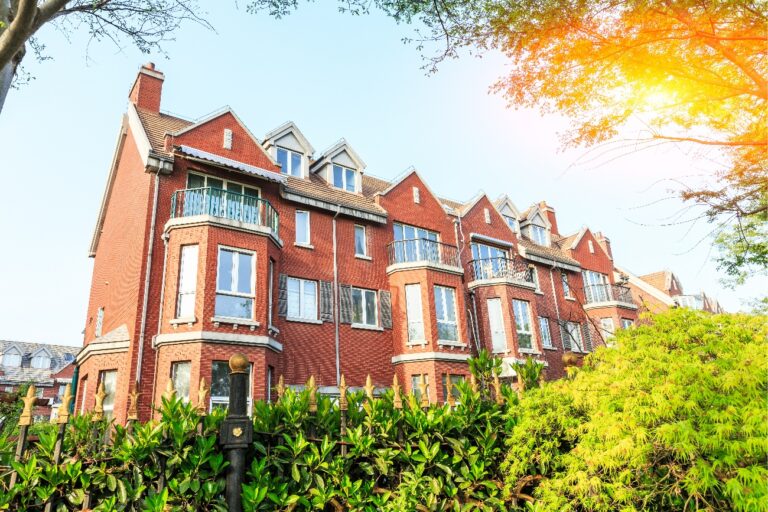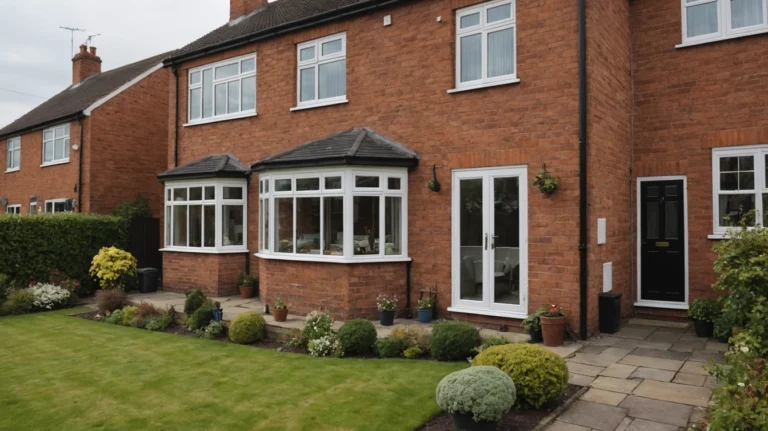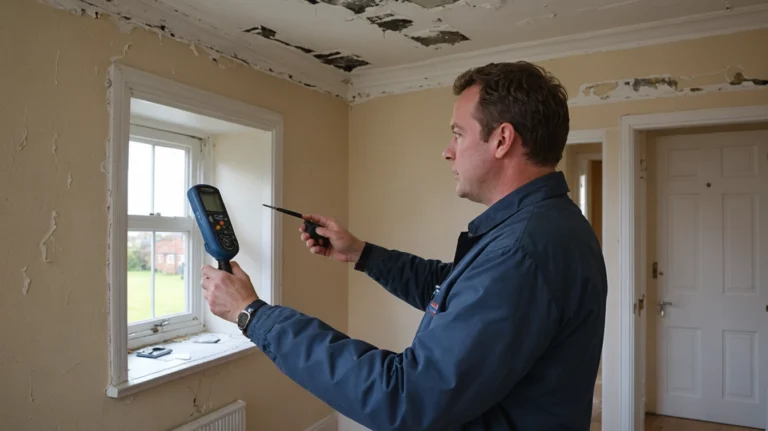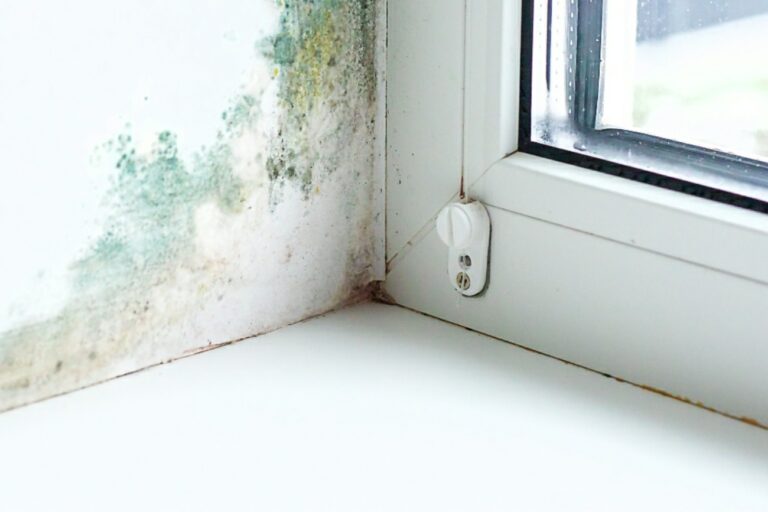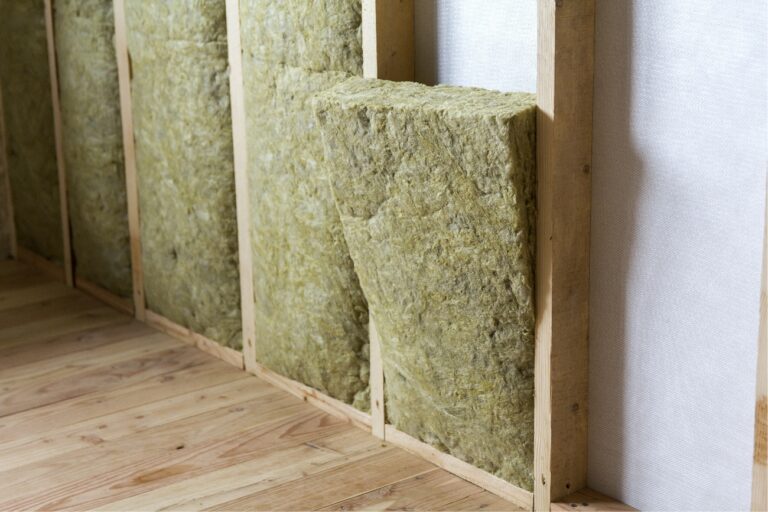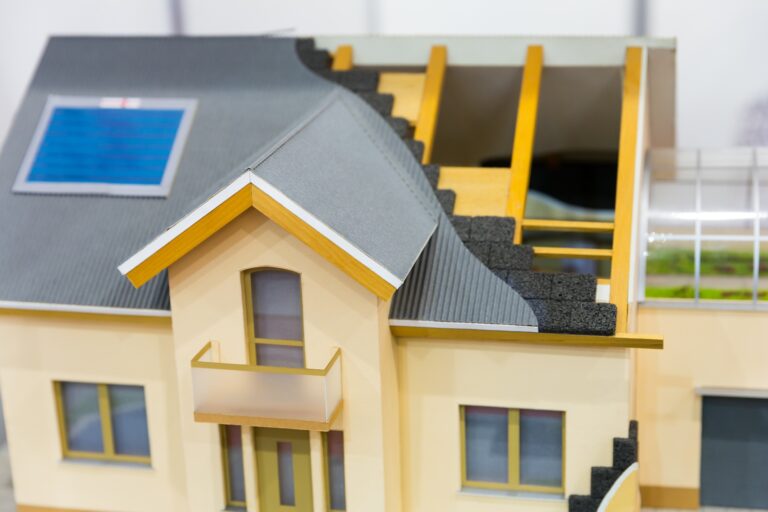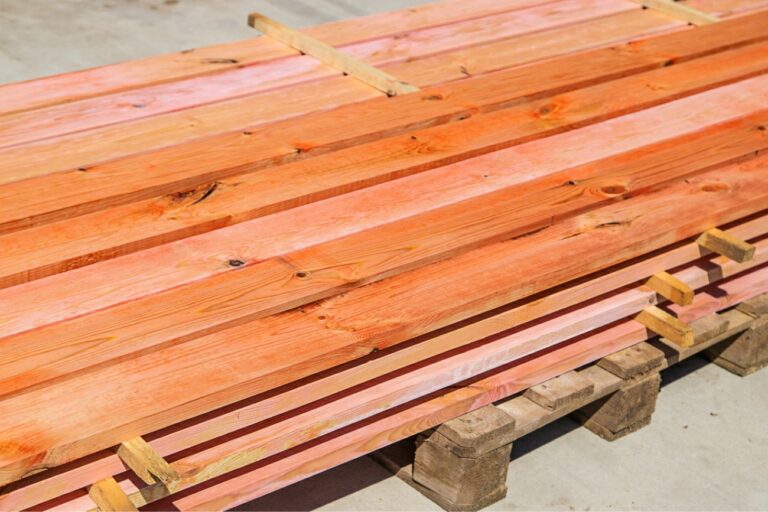Timber is a key component of most buildings, but it’s also vulnerable to decay when exposed to moisture. Two of the most common and destructive forms of timber decay are dry rot and wet rot. While both can cause severe damage if left untreated, they have different characteristics, causes, and treatments.
Knowing how to distinguish between dry rot and wet rot is essential for effective remediation. In this blog, we’ll explain what sets them apart and how Go2 Property Services can help you address both before they become significant problems.
What Is Timber Rot?
Timber rot is the result of fungal decay in wood, typically due to prolonged exposure to moisture. It compromises the strength and stability of the affected timber, posing a risk to the structure of your property. Whether you’re a homeowner in Woking or a landlord in Guildford, catching timber rot early can save you considerable time and expense.
What Is Dry Rot?
Dry rot is caused by the Serpula lacrymans fungus. It is highly destructive and can spread rapidly, even through materials such as masonry and plaster.
Key signs of dry rot include:
- Dry, brittle timber with a cracked, cuboidal appearance
- A distinctive musty or mushroom-like smell
- Large, mushroom-like fruiting bodies
- Rust-red spore dust around affected areas
- White, fluffy or grey strands spreading over wood, brick, or plaster
Dry rot thrives in damp, poorly ventilated areas—commonly under floorboards, behind skirting boards, or in unused basements.
What Is Wet Rot?
Wet rot is caused by a range of fungi, most commonly Coniophora puteana. Unlike dry rot, it requires a continuous source of moisture and tends to remain localised.

Typical signs of wet rot include:
- Timber that feels soft, spongy, or crumbly to the touch
- Discolouration or dark patches on wood
- A damp or musty smell
- Fungal growth or visible mould
- Cracking and warping of timber
Wet rot is typically confined to areas near leaks or persistent dampness, such as around windows, leaking pipes, or damp walls.
Why You Need a Professional Inspection
Correct identification is crucial. Misdiagnosing dry rot as wet rot (or vice versa) could lead to inadequate treatment and recurrence. At Go2 Property Services, we conduct thorough timber surveys, leveraging our 25+ years of expertise to determine the type and extent of the problem accurately.
What Can Be Done?
- Dry Rot Treatment: We remove the source of moisture, remove affected timber, treat remaining materials with fungicides, and improve ventilation.
- Wet Rot Treatment: We identify and eliminate the moisture source, replace damaged timber, and improve waterproofing and airflow.
Preventing Rot in the Future
- Keep your home well ventilated
- Address leaks promptly
- Ensure external render and guttering are in good condition
- Consider professional damp proofing if your property is at risk
Why Choose Go2 Property Services?
With a proven track record across London, Surrey, and Berkshire, Go2 offers:
- Complete timber surveys and diagnostics
- Expert dry and wet rot treatment
- Long-term prevention advice
- Honest pricing and quality workmanship
Suspect timber rot in your home or business? Contact Go2 Property Services today to arrange a professional inspection and protect your property from further damage.


